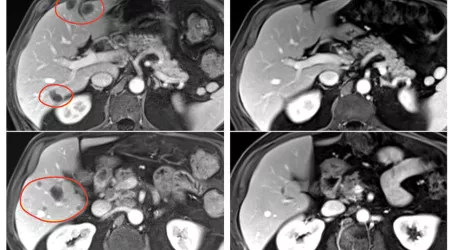3X Match My Gift
Act now through 12/31! Triple your impact to support colorectal cancer patients, survivors, and caregivers.
A double-contrast barium enema (also called DCBE or barium enema) uses X-rays to find abnormal growths in the colon. It is a form of colorectal cancer screening.
Barium, a silver-white metallic compound, is used to outline the colon and rectum on the X-ray. Air is then passed through the same tube to further enhance the X-ray.
DCBEs are commonly used to diagnose colorectal cancer and inflammatory disease. They can also help detect polyps, diverticulitis, and structural changes in the large intestine.


Many plans cover it, socheck with your policy holder. Medicare varies, as sometimes this procedure may be substituted for a colonoscopy.
Who decides who pays for screening

When Kate Shin’s mother faced rectal cancer, clinical trials gave them precious time together. Now, Kate shares her story to encourage access to screening and innovative care, including clinical trials.

The 2025 ASCO Annual Meeting featured several important studies that could change how colorectal cancer is treated, including a pivotal study for BRAF V600E patients.

A new kind of tumor infiltrating lymphocyte (TIL) therapy improved the treatment’s effectiveness in patients with metastatic GI cancers.